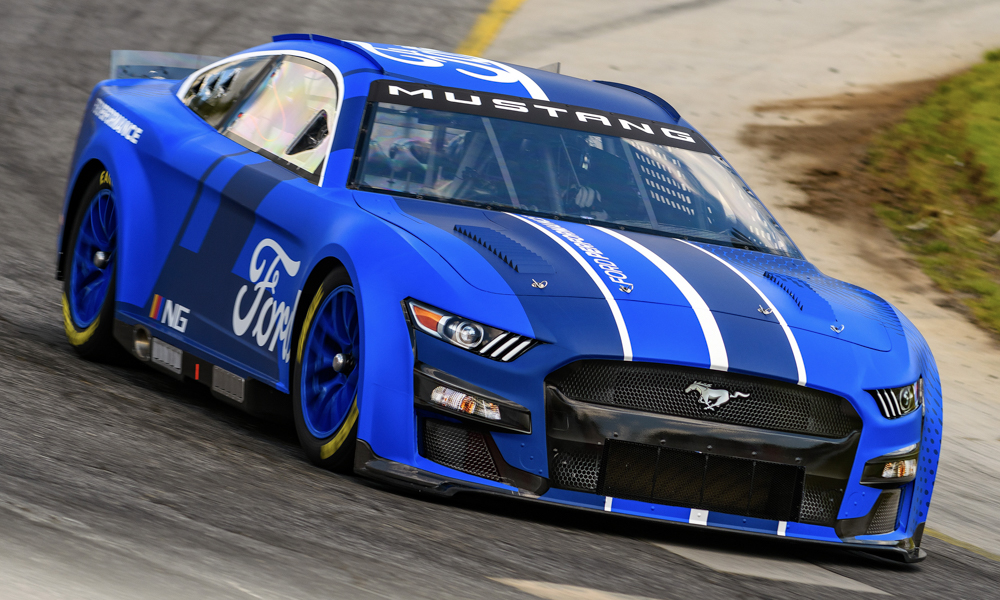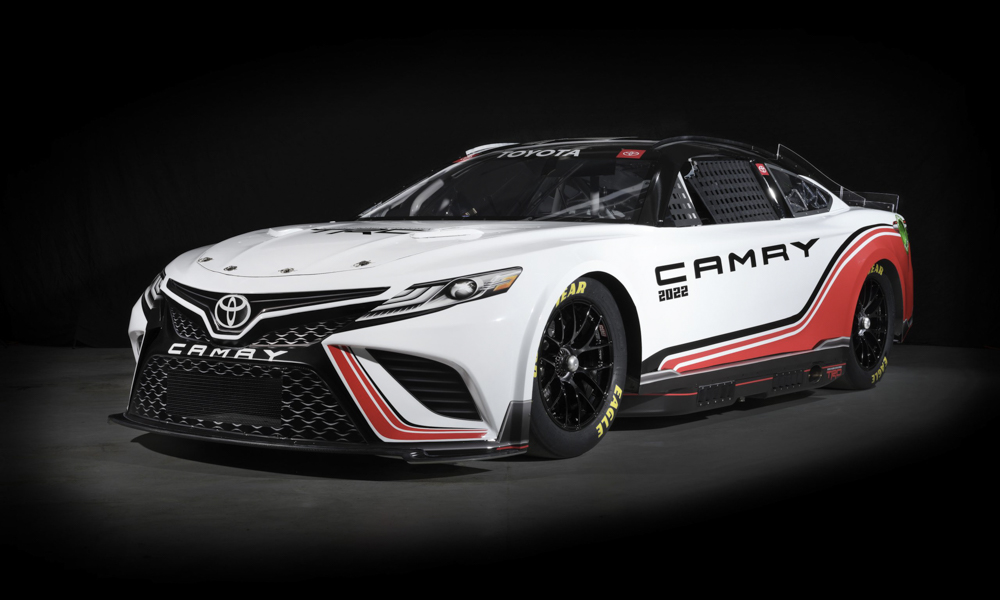
The thrill of watching a NASCAR race is probably something that most Filipino gearheads would be unable to relate to. One reason could be that a lot of the events are held on oval tracks, which is admittedly rather boring to watch especially on TV. But the cars themselves play a big role in making the race series popular (or unpopular). The bodies look like they were carved from a blob of butter with a blunt knife. And 15-inch wheels? City cars have larger shoes than that.
While NASCAR management can’t do anything about the venues, it has decided to tweak the cars a bit. Called Next Gen, these models get a slew of upgrades that finally make them look and drive like proper race cars.



One of the biggest and most notable changes is the switch to 18-inch wheels shod in wider 305mm rubber. Not only will these generate a bigger contact patch, but they also look far more appropriate on a racing machine. Drivers and pit crews will also be able to shorten stop times with the move from a five-lug setup to a single center-lock nut.
Another big improvement is the drive layout. The current Generation 6 vehicles feature a traditional front-engine, rear-wheel-drive arrangement with the four-speed transmission right behind the motor. Next Gen cars will use a transaxle setup. The new five-speed gearbox will be moved toward the rear axle, freeing up space in the engine bay and the firewall for a possible hybrid powerplant. Horsepower figures have not yet been revealed.



With NASCAR vehicles capable of speeds of well over 300km/h, aero obviously plays an important role. Next Gen bodies will lose the asymmetry of Gen 6 shells. Ride height will be raised by 51mm to account for the front splitter, the undercarriage cover, and the rear diffuser. The goal is to reduce wake turbulence and make overtaking less difficult.
Speaking of on-track performance, the bodies will now be made from durable composites instead of sheet metal. Foam bumpers will increase energy-absorption limits during collisions, and an extra underbody flap will help the cars stay on the ground in case they go about-face. Drivers now have more mechanical grip thanks to the switch from a live rear axle to fully independent suspension with five-way adjustable dampers.



The low-profile coupe-like body shell is said to bear a closer resemblance to the three car models being represented: the Chevrolet Camaro ZL1, the Ford Mustang and the Toyota TRD Camry. As rear visibility is now reduced, a camera takes the place of a traditional mirror. Also, NASCAR understands that a lot of spectators will be watching from the safety of their own homes, so cars will be equipped with more onboard cameras.



Next Gen cars will debut in the 2022 Cup Series, following a yearlong delay due to COVID-19. It will be interesting to see how the enhancements will affect the race cars in practice especially on the shorter and tighter road courses. And although we don’t wish for anyone to get into bouts of post-crash physical aggression, we kind of admit that we look forward to watching the fistfights.











Comments